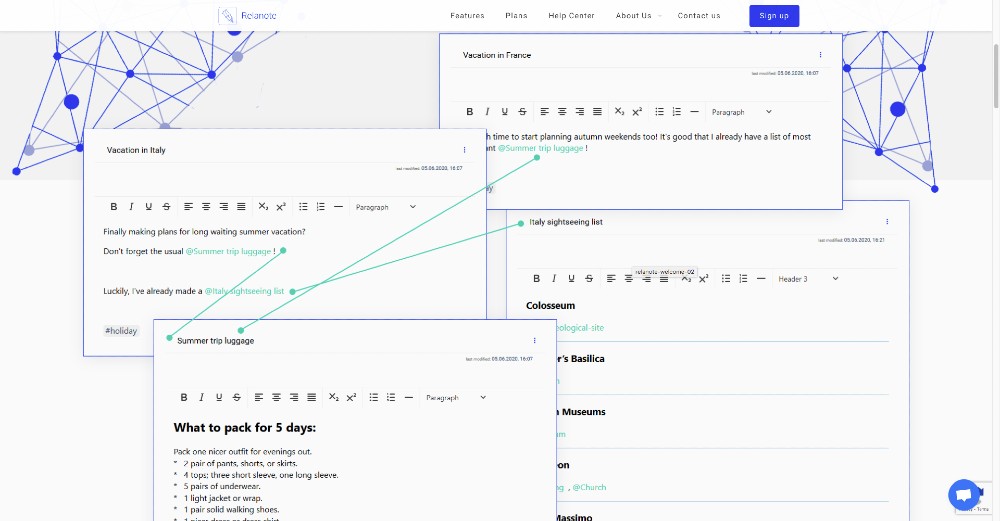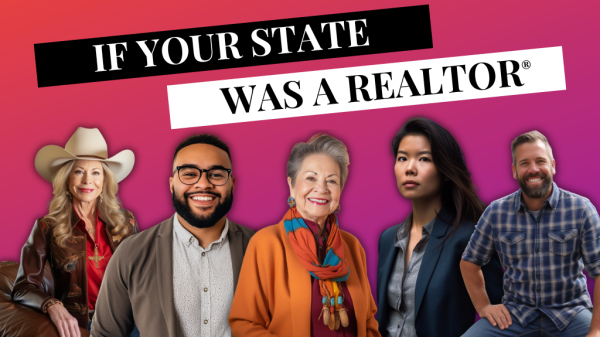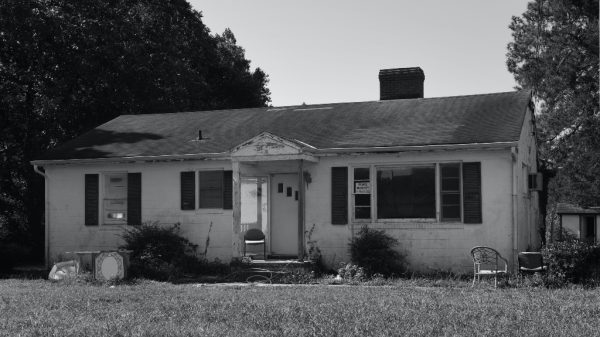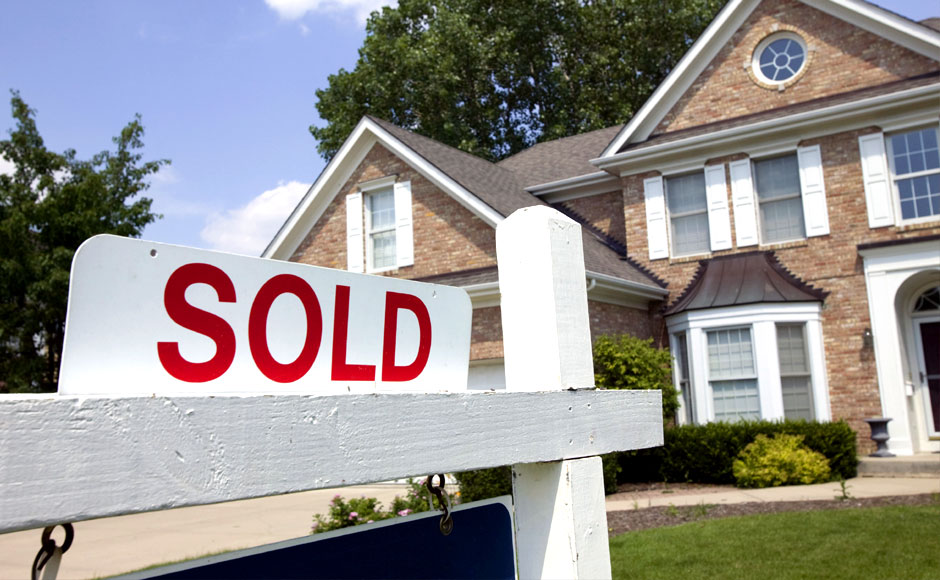We recently covered the monumental Supreme Court of the United States’ ruling which serves as an update to the Fair Housing Act, a ruling that all real estate practitioners must truly understand. Despite headlines on the topic, we have found in discussion across the nation, that many remain unaware of the change, or simply confused.
To cure that ill, we have tapped the wisdom of real estate attorney, Richard D. Vetstein, Esq., Founding Partner at the Vetstein Law Group, P.C. to dive deeper into “disparate impact” and why it’s not just a ruling for landlords. In his own words below, he explains:
What is disparate impact theory?
While everyone in America was focused on the U.S. Supreme Court’s historic marriage equality ruling, at the end of its Term, the Court also issued an important opinion under federal Fair Housing law. In a 5-4 margin, the Court upheld the application of “disparate impact” theory of liability under the Fair Housing Act (“FHA”) in Texas Department of Housing & Community Affairs v. The Inclusive Communities Project, Inc.
What is disparate impact theory you ask? Good question. In a disparate-impact claim, someone who alleges housing discrimination may establish liability, without proof of intentional discrimination, if an identified rental practice has a disproportionate effect on certain groups of individuals (i.e, minorities) and if the practice is not grounded in sound business considerations. Ok, now what does that mean in plain English?
How about a real life example?
Here’s an example. Let’s say you own several apartment buildings, and an upset tenant says that based on statistics for the last 5 years, you have evicted 75% more black tenants than white tenants, while the rate of nonpayment between racial classes have remain about the same. That’s a disparate impact claim. Surprising to most folks is that under a disparate impact theory, the claimant need not show some type of “smoking gun” evidence of direct racial discrimination, like something Donald Sterling would say, such as “we don’t like to rent to black folks.” If the claimant can back up his theory with statistical evidence, then he or she will have their day in court.
While accepting disparate impact as a viable Fair Housing claim, the Supreme Court imposed important limitations on the application of the theory “to protect potential defendants against abusive disparate-impact claims.” In particular, the Court held that a racial imbalance, without more, cannot sustain a claim, and directed lower courts to “examine with care” the claims at the pleadings stage. The Court emphasized the plaintiff’s burden to establish a “robust” causal connection between the challenged practice and the alleged disparities. Further, a defendant’s justification is “not contrary to the disparate-impact requirement, unless … artificial, arbitrary, and unnecessary.” Finally, “remedial orders” must “concentrate on the elimination of the offending practice” through “race-neutral means.”
Huge win for fair housing advocates – why?
Despite the limitation, this is a big win for fair housing advocates. Sec. 8 tenants, the MCAD and EEOC will have another powerful legal theory to use to crack down on discrimiminatory rental practices. Moreover, in the wake of the ruling, HUD just announced its the long-awaited Affirmatively Furthering Fair Housing (AFFH) rule, which will provide maps and data on historic segregation that cities will need to use to assess their progress in reducing segregation, increasing housing choice and promoting inclusivity.
The lesson to take back from this ruling is to ensure you have policies in place to treat every applicant and tenant the same way across the board. The existence of written procedures, policies and manuals are helpful in defense of these types of claims. Saying you follow “Equal Housing Opportunity” is one thing; you have do actually do it.
Reprinted with permission of Richard D. Vetstein, Esq.
The American Genius' real estate section is honest, up to the minute real estate industry news crafted for industry practitioners - we cut through the pay-to-play news fluff to bring you what's happening behind closed doors, what's meaningful to your practice, and what to expect in the future. Consider us your competitive advantage.













































